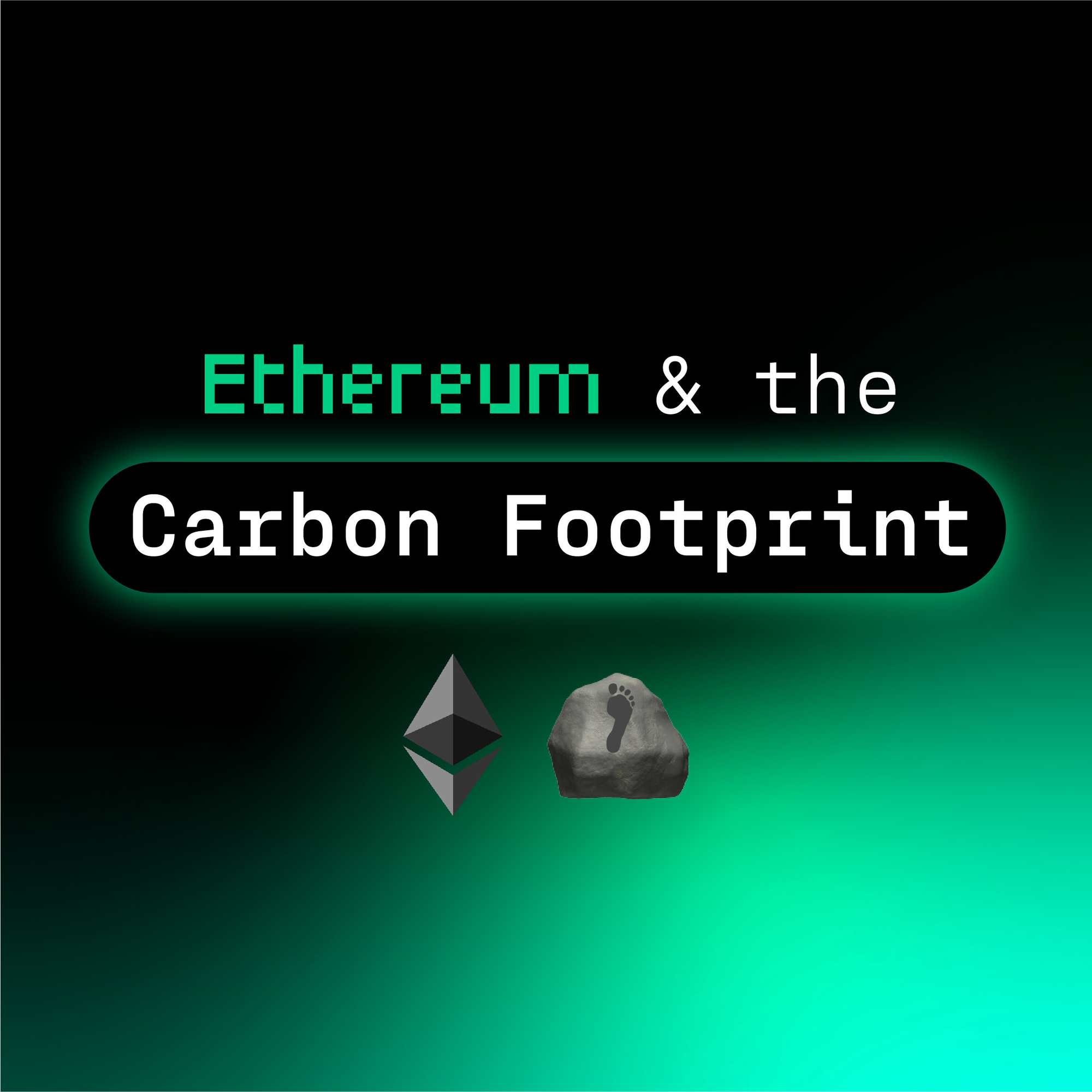How Ethereum Plans to Address Carbon Footprint
By Terrain.art | Jul 20 2021 · 3 min read


Blockchain networks are witnessing a surge in the number of transactions but environmental concerns are holding investors back. Source: pxfuel
It is raining digital money in the crypto world, despite the tremendous amounts of energy consumed by cryptocurrency networks. While some investors are still reluctant to invest in the swelling crypto market due to environmental concerns, many have embraced the raging trend with a number of crypto companies sprouting up in the past decade or so.
The smooth working of a blockchain network requires a global network of computers to work in tandem. Massive computing power is required for mining — the process through which transactions are verified and added to blockchain networks that use Proof of Work (PoW) — which in turn affects the environment by increasing carbon footprint. This is, however, not hampering the steady growth of the crypto market in India. According to an article published by Bloomberg, the market in the country grew from $923 million in April 2020 to around $6.6 billion in May this year, though it is not an organized sector.
Ethereum was founded in 2013 by Russian-Canadian programmer Vitalik Buterin, who has been advocating for the adoption of a more environment-friendly approach to mining since 2015. According to a report published by Cambridge University, the bitcoin network consumes around 121.36 tWh a year, which is equivalent to the energy Argentina consumes and far more than the consumption by the Netherlands (108.8 tWh) and the UAE (113.20 tWh).
This is the reason why Tesla’s Elon Musk lambasted Bitcoin after buying bitcoins worth $1.5 billion earlier this year in March. Tesla had started accepting bitcoins as a mode of payment but the company recently announced that it would no longer do so. The transaction has surged the price of bitcoin. Musk recently took to Twitter to respond to a post alleging that he manipulated the market, stating: “Tesla only sold ~10% of holdings to confirm BTC could be liquidated easily without moving market. When there’s confirmation of reasonable (~50%) clean energy usage by miners with positive future trend, Tesla will resume allowing Bitcoin transactions.”


Ethereum has come up with a detailed plan of upgradation to limit environmental hazards caused by mining. Souce: pxfuel
The upgradation to Ethereum 2.0 would happen in three phases. At present, most companies work on PoW models for verifying transactions on the blockchain. Ethereum plans to switch completely to Proof of Stake (PoS), which would also bring down the cost associated with maintaining the enormous amount of computing power.
The migration would happen eventually by breaking down the network and segregating it over 64 geographic regions to reduce the network load. This process is called Sharding. Prior to doing this, the company plans to start with the process called the Merge, wherein migration of the current system to the new one would take place.
Buterin claims that the complete transition would enable Ethereum to significantly exceed the speed with which transactions are currently being registered on the network. It would also help put Ether, the Ethereum digital currency in the race with some of the established payment networks such as Mastercard, Visa, Paypal and others.
Get an email whenever Terrain.art publishes on Medium, @terrain_art

